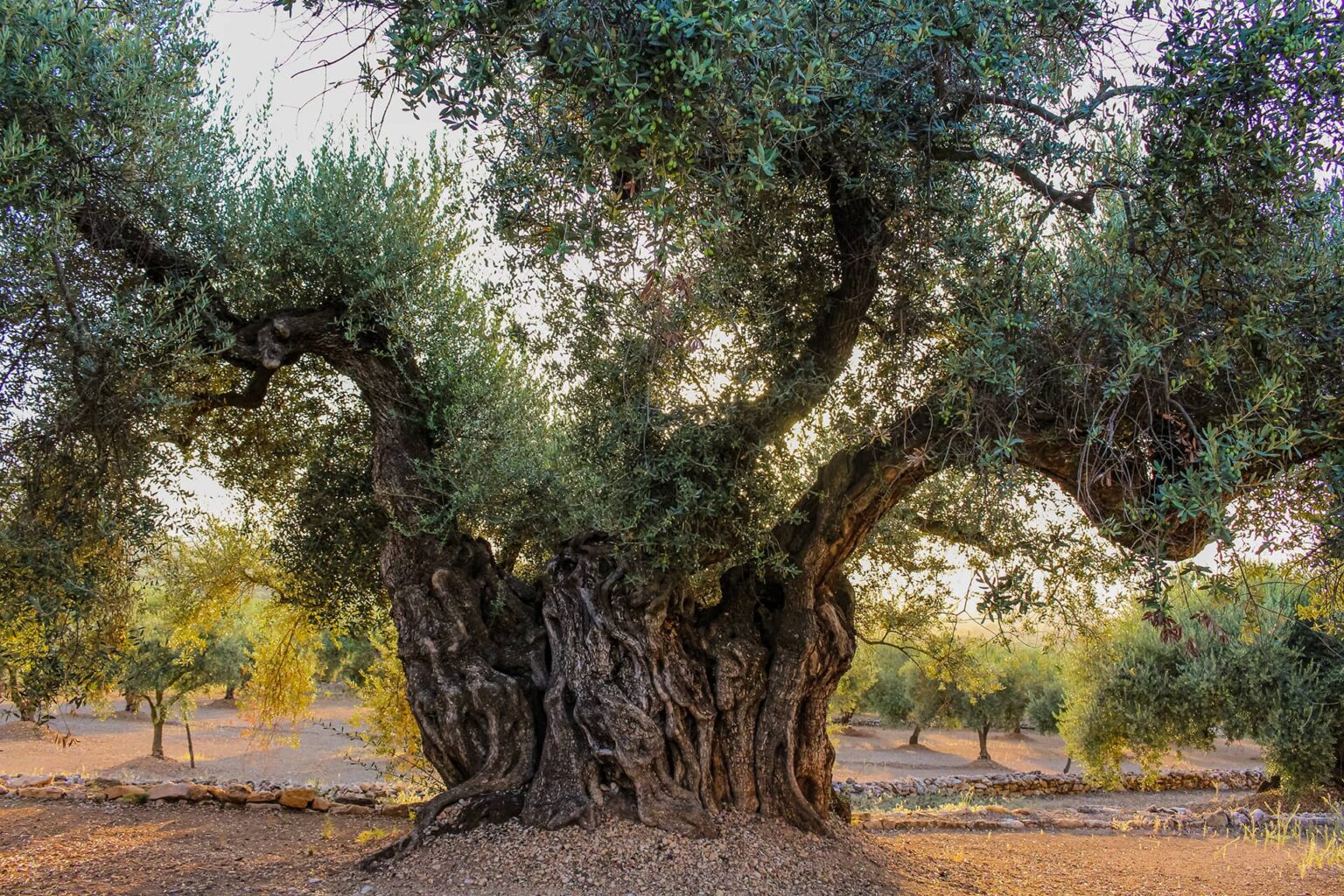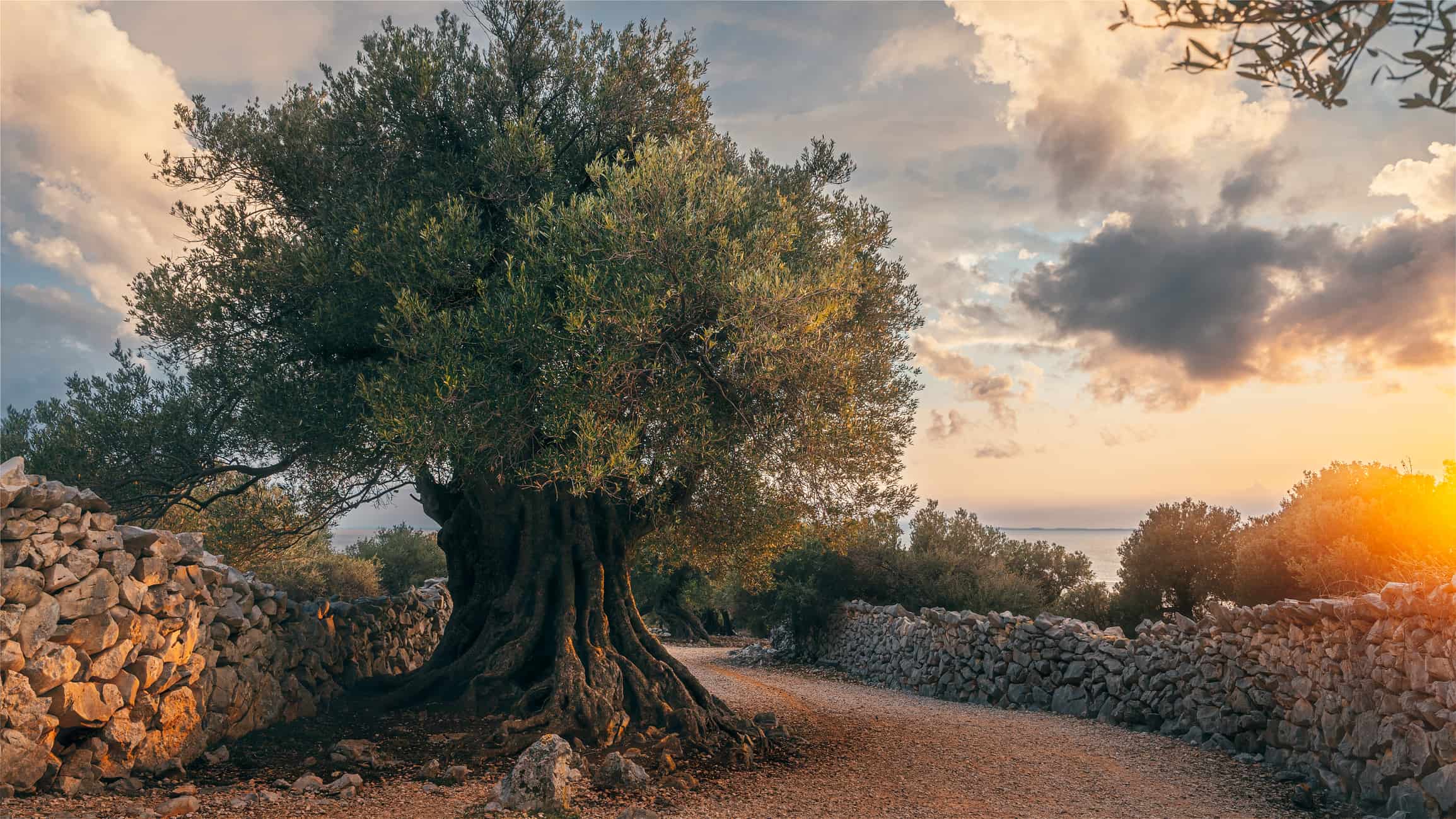The place Olive Bushes Weep: Exploring the Cultural and Environmental Significance of Olive Tree Decline
Associated Articles: The place Olive Bushes Weep: Exploring the Cultural and Environmental Significance of Olive Tree Decline
Introduction
On this auspicious event, we’re delighted to delve into the intriguing subject associated to The place Olive Bushes Weep: Exploring the Cultural and Environmental Significance of Olive Tree Decline. Let’s weave fascinating info and provide recent views to the readers.
Desk of Content material
The place Olive Bushes Weep: Exploring the Cultural and Environmental Significance of Olive Tree Decline

The olive tree, a logo of peace, prosperity, and resilience, has for millennia graced the sun-drenched landscapes of the Mediterranean. Its gnarled branches, laden with silvery leaves, have witnessed empires rise and fall, offering sustenance and cultural id to generations. However lately, a silent tragedy has unfolded in olive groves throughout the area: the timber are weeping. This is not a literal weeping, in fact, however slightly a manifestation of a fancy and multifaceted decline, a phenomenon impacting not solely the livelihoods of numerous farmers but additionally the very material of Mediterranean tradition and surroundings.
The "weeping" manifests in a number of methods. It could be a diminished yield, with fewer and smaller olives produced than in earlier years. It might be a gradual decline in tree vigor, evidenced by stunted progress, leaf discoloration, and a basic weakening of the tree’s construction. In extreme circumstances, it may end up in full dieback, abandoning solely a skeletal reminder of the once-productive tree. This decline, removed from being a easy case of illness or pest infestation, is a fancy interaction of environmental stress, human intervention, and the inherent vulnerabilities of the traditional olive tree itself.
The Environmental Elements: A Altering Local weather and its Impression
Probably the most vital contributors to olive tree decline is the altering local weather. The Mediterranean area is experiencing more and more erratic climate patterns, characterised by extended droughts, intense heatwaves, and unpredictable rainfall. Olive timber, whereas tailored to arid situations, aren’t resistant to the extremes of a warming local weather. Extended intervals of drought stress the timber, lowering their potential to uptake water and vitamins, leaving them susceptible to ailments and pests. Heatwaves, significantly these exceeding essential temperature thresholds, could cause vital injury to leaves and fruit, impacting yield and total tree well being.
Moreover, local weather change is altering the distribution and conduct of pests and ailments. The olive fruit fly (Bactrocera oleae), a significant pest affecting olive manufacturing, is increasing its vary and turning into extra prevalent in areas beforehand unaffected. Equally, fungal ailments like Verticillium wilt and Peacock spot are thriving within the hotter, extra humid situations created by local weather change. These pathogens weaken the timber, making them extra vulnerable to different stresses and additional exacerbating the decline.
The influence of local weather change extends past rapid physiological results. Modifications in rainfall patterns have an effect on soil moisture ranges, impacting nutrient availability and root improvement. Elevated frequency and depth of utmost climate occasions, similar to hailstorms and powerful winds, could cause bodily injury to timber, additional weakening them and making them extra susceptible to illness.
Human Intervention: Intensification and Unsustainable Practices
Whereas environmental elements play a big position, human actions have additionally contributed to the decline of olive timber. The intensification of olive farming, pushed by the growing world demand for olive oil, has led to unsustainable practices that compromise the well being and resilience of the timber. Monoculture plantations, the place giant areas are devoted to a single olive cultivar, lack the biodiversity essential to assist a wholesome ecosystem and are extra vulnerable to widespread outbreaks of pests and ailments.
Intensive irrigation, whereas seemingly helpful in drought situations, can result in soil salinity and waterlogging, each detrimental to olive tree well being. Extreme use of chemical fertilizers and pesticides, whereas offering short-term advantages, can disrupt soil microbial communities, lowering soil fertility and weakening the timber’ pure defenses in opposition to pests and ailments. The dearth of correct pruning and tree administration practices additional contributes to the decline, leaving timber susceptible to illness and lowering their total productiveness.
The Cultural Significance: A Loss Past Financial Worth
The decline of olive timber represents extra than simply an financial loss; it signifies a profound cultural and historic influence. For hundreds of years, olive timber have been integral to the Mediterranean panorama, shaping the area’s id and offering a supply of livelihood for numerous households. The timber aren’t merely agricultural commodities; they’re residing monuments, embodying generations of custom and data handed down by means of households. Their decline represents a lack of cultural heritage, a severance of a deep-rooted connection between folks and their surroundings.
Olive groves are sometimes related to historic websites, non secular traditions, and household histories. The traditional olive timber, some centuries previous, reside witnesses to the passage of time, their gnarled branches bearing silent testimony to the occasions which have unfolded round them. Their disappearance would signify the lack of a big a part of the Mediterranean’s cultural panorama, abandoning a void that may by no means be really crammed.
Addressing the Problem: In direction of Sustainable Olive Cultivation
The problem of addressing olive tree decline requires a multi-pronged strategy, encompassing each environmental adaptation and sustainable agricultural practices. Implementing climate-smart agriculture methods is essential, specializing in water conservation, drought-resistant cultivars, and built-in pest administration methods. This entails lowering reliance on chemical inputs, selling biodiversity by means of agroforestry practices, and adopting sustainable irrigation methods.
Investing in analysis and improvement of disease-resistant olive cultivars is important. Genetic variety performs a essential position within the resilience of olive timber, permitting them to adapt to altering environmental situations and stand up to the onslaught of pests and ailments. Selling conventional farming practices, which frequently prioritize tree well being and long-term sustainability over short-term positive aspects, may contribute to the preservation of olive groves.
Group engagement and data sharing are essential elements of any profitable technique. Farmers want entry to info, coaching, and assist to undertake sustainable practices and adapt to the altering local weather. Collaboration between researchers, policymakers, and farmers is important to develop and implement efficient methods for managing olive tree decline.
Conclusion: A Name for Motion
The "weeping" of olive timber serves as a stark warning, highlighting the vulnerability of our agricultural programs and the interconnectedness of environmental, social, and financial elements. Addressing this problem requires a holistic strategy, combining scientific innovation, sustainable agricultural practices, and a renewed appreciation for the cultural and environmental significance of those iconic timber. The way forward for olive cultivation, and certainly the way forward for the Mediterranean panorama, relies on our collective potential to reply successfully to this rising disaster and make sure the survival of those historical and invaluable timber. Failure to behave decisively won’t solely lead to vital financial losses however may even signify the irreversible lack of a significant a part of the Mediterranean’s cultural and pure heritage. The time for motion is now; the olive timber are ready.




![How To Tell If Olive Tree Is Dead [And How To Revive It]](https://gardentabs.com/wp-content/uploads/2022/08/How-To-Tell-If-Olive-Tree-Is-Dead-And-How-To-Revive-It.png)



Closure
Thus, we hope this text has offered worthwhile insights into The place Olive Bushes Weep: Exploring the Cultural and Environmental Significance of Olive Tree Decline. We thanks for taking the time to learn this text. See you in our subsequent article!